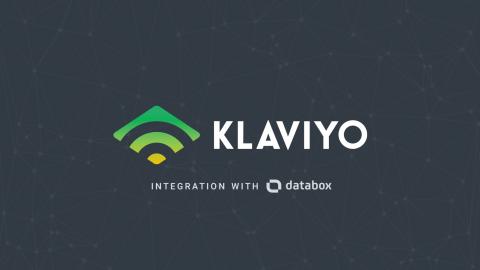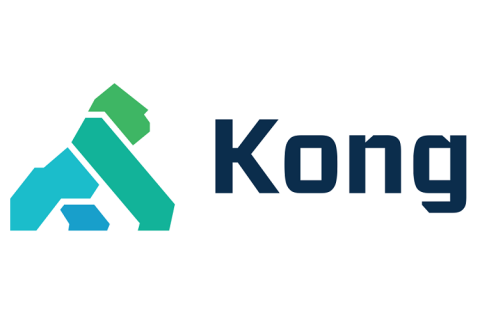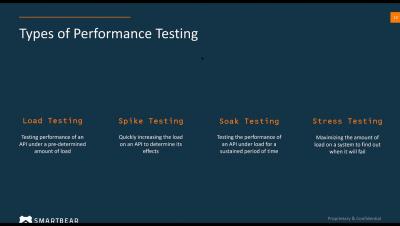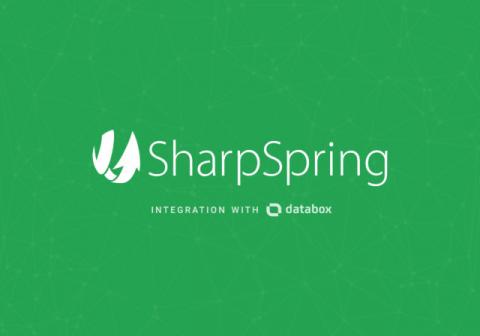New Integration: Track Your Email & Marketing Automation KPIs with Klaviyo
In addition to tracking your email marketing & automation KPIs from Klaviyo, you can also pull data from all of the tools that Klaviyo integrates with right into Databox, too.











